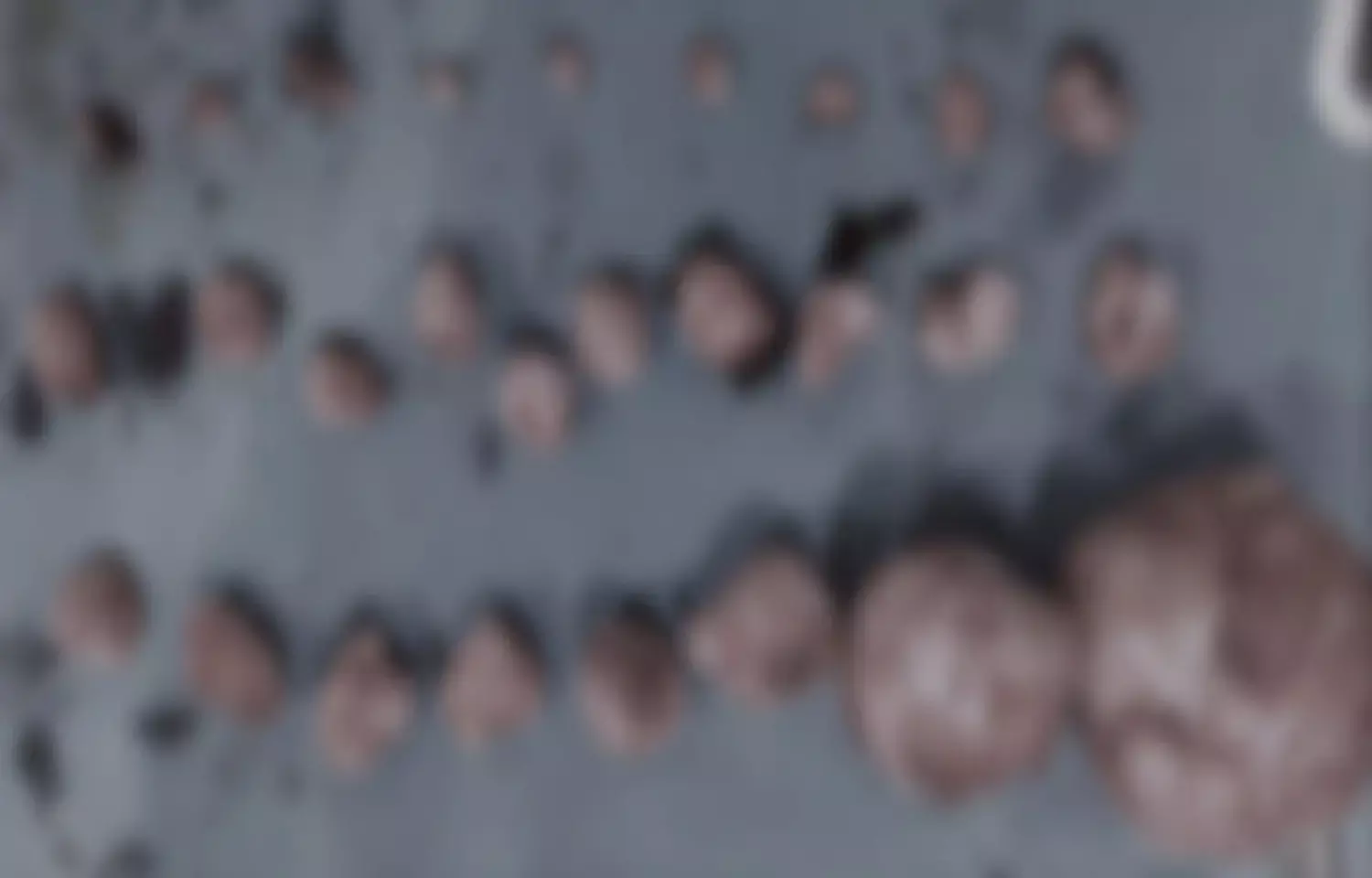- Home
- Medical news & Guidelines
- Anesthesiology
- Cardiology and CTVS
- Critical Care
- Dentistry
- Dermatology
- Diabetes and Endocrinology
- ENT
- Gastroenterology
- Medicine
- Nephrology
- Neurology
- Obstretics-Gynaecology
- Oncology
- Ophthalmology
- Orthopaedics
- Pediatrics-Neonatology
- Psychiatry
- Pulmonology
- Radiology
- Surgery
- Urology
- Laboratory Medicine
- Diet
- Nursing
- Paramedical
- Physiotherapy
- Health news
- Fact Check
- Bone Health Fact Check
- Brain Health Fact Check
- Cancer Related Fact Check
- Child Care Fact Check
- Dental and oral health fact check
- Diabetes and metabolic health fact check
- Diet and Nutrition Fact Check
- Eye and ENT Care Fact Check
- Fitness fact check
- Gut health fact check
- Heart health fact check
- Kidney health fact check
- Medical education fact check
- Men's health fact check
- Respiratory fact check
- Skin and hair care fact check
- Vaccine and Immunization fact check
- Women's health fact check
- AYUSH
- State News
- Andaman and Nicobar Islands
- Andhra Pradesh
- Arunachal Pradesh
- Assam
- Bihar
- Chandigarh
- Chattisgarh
- Dadra and Nagar Haveli
- Daman and Diu
- Delhi
- Goa
- Gujarat
- Haryana
- Himachal Pradesh
- Jammu & Kashmir
- Jharkhand
- Karnataka
- Kerala
- Ladakh
- Lakshadweep
- Madhya Pradesh
- Maharashtra
- Manipur
- Meghalaya
- Mizoram
- Nagaland
- Odisha
- Puducherry
- Punjab
- Rajasthan
- Sikkim
- Tamil Nadu
- Telangana
- Tripura
- Uttar Pradesh
- Uttrakhand
- West Bengal
- Medical Education
- Industry
Myomectomy at cesarean section can be performed without significant complications

Fibroidsare the most common benign tumors of the uterus. The complications due to theirpresence however depend on their size, number, and location. When present inlower uterine segment, they may obstruct the passage of the fetus, and in suchcases, cesarean delivery is indicated. Whether myomectomy should be combinedwith cesarean is still an unanswered question in modern obstetrics. Cesareanmyomectomy till recently was a dreaded surgery. It was believed that because ofincreased vascularity in a pregnant uterus, myomectomy at the time of cesareanwould lead to massive hemorrhage and increase in perioperative morbidity.However, with the advent of newer techniques of selective devascularization andadvances in the field of anesthesia, today many obstetricians are opting formyomectomy along with cesarean section (CS) to avoid a second surgery in thenear future with its accompanying set of complications and cost factor.
To assessthe intra- and post-operative complications of cesarean myomectomy, Ehigiegba,A.E., Ande, A.B. and Ojobo, S.I et carried out a descriptive study, and thesetting was the Department of Obstetrics and Gynaecology, University of Benin TeachingHospital and two private consultant units, all in Benin City. The subjects were25 pregnant women undergoing elective or emergency cesarean section at theseunits. The outcome measures were blood loss and need for blood transfusion,intra- and post-operative complications and duration of hospital stay.
Eighty-fourfibroids of various sizes (2–10 cm) were removed from the 25 women. Thefibroids were on the anterior uterine wall with most (94.8%) being sub-serousor intramural, and only few (five) sub-mucous. The mean blood loss was 876±312ml, range 400–1700 ml. Five patients (20%) had two units of whole bloodtransfusion. There was no case of severe hemorrhage necessitating hysterectomy.Eighteen patients (72%) had post-operative morbidities mainly of anemia [15(60%); hematocrit 26±2.9%). The average duration of post-operative hospitalstay was 7.4±2.2 days (range 3–12 days). Three (12%) patients have subsequentlybecome pregnant, two (66.7%) of whom had normal vaginal deliveries, while thethird had a repeat elective cesarean section.
Myomectomyduring CS is not always a hazardous procedure and can be performed withoutsignificant complications. Myomectomy should be performed after CS unlessdelivery of baby is not possible without removal of fibroid; then the fibroidmay have to be removed first.
Withadequate experience and the use of high dose oxytocin infusion (intra- andpost-operatively), myomectomy at cesarean section is not as hazardous as manynow believe.
Source: Ehigiegba, A.E., Ande, A.B. and Ojobo, S.I.(2001), Myomectomy during cesarean section. International Journal of Gynecology& Obstetrics, 75: 21-25. https://doi.org/10.1016/S0020-7292(01)00452-0
MBBS, MD Obstetrics and Gynecology
Dr Nirali Kapoor has completed her MBBS from GMC Jamnagar and MD Obstetrics and Gynecology from AIIMS Rishikesh. She underwent training in trauma/emergency medicine non academic residency in AIIMS Delhi for an year after her MBBS. Post her MD, she has joined in a Multispeciality hospital in Amritsar. She is actively involved in cases concerning fetal medicine, infertility and minimal invasive procedures as well as research activities involved around the fields of interest.
Dr Kamal Kant Kohli-MBBS, DTCD- a chest specialist with more than 30 years of practice and a flair for writing clinical articles, Dr Kamal Kant Kohli joined Medical Dialogues as a Chief Editor of Medical News. Besides writing articles, as an editor, he proofreads and verifies all the medical content published on Medical Dialogues including those coming from journals, studies,medical conferences,guidelines etc. Email: drkohli@medicaldialogues.in. Contact no. 011-43720751


